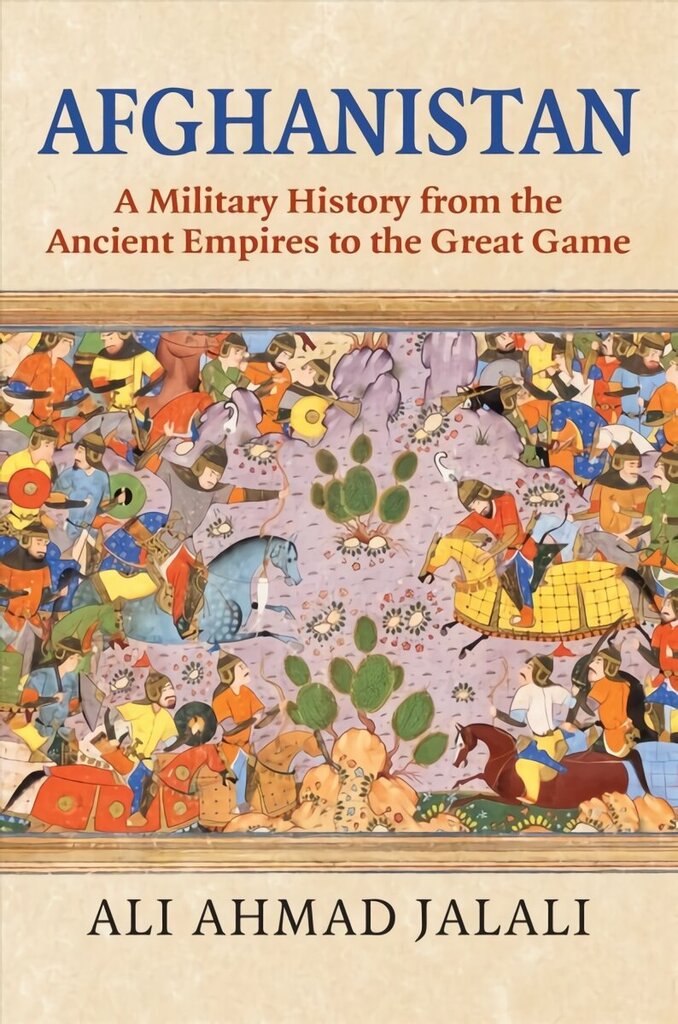"This new book guides the reader through over 2000 years of military history in the region that we now know as Afghanistan, from ancient times up to the European colonialism epitomized by the romanticism of the Great Game. Jalali traces the way in which armies commanded by Cyrus the Great, Alexander the Great, the Muslim conquerors, Chinggis Khan, Tamerlane, and others shaped the region, leaving their unique and indelible mark on this ancient land and helping to create the Afghan empire. Because the history of Afghanistan is strongly influenced by the dynamics of its peripheral status between major regional centers of power and the impact of its location on the geopolitical fault line astride South, Central, and West Asia, Jalali presents his study of Afghanistan's military history in this context. One reader noted that Jalali "clearly explains how the topography of Afghanistan constrained and enabled military affairs over more a thousand years, which is an extraordinary and (as far as I know) unparalleled achievement in scholarship.""--
Afghanistan: A Military History from the Ancient Empires to the Great Game covers the military history of a region encompassing Afghanistan, Central and South Asia, and West Asia, over some 2,500 years. This is the first comprehensive study in any language published on the millennia-long competition for domination and influence in one of the key regions of the Eurasian continent.Jalali&;s work covers some of the most important events and figures in world military history, including the armies commanded by Cyrus the Great, Alexander the Great, the Muslim conquerors, Chinggis Khan, Tamerlane, and Babur. Afghanistan was the site of their campaigns and the numerous military conquests that facilitated exchange of military culture and technology that influenced military developments far beyond the region. An enduring theme throughout Afghanistan is the strong influence of the geography and the often extreme nature of the local terrain. Invaders mostly failed because the locals outmaneuvered them in an unforgiving environment. Important segments include Alexander the Great, remembered to this day as a great victor, though not a grand builder; the rise of Islam in the early seventh century in the Arabian Peninsula and the monumental and enduring shift in the social and political map of the world brought by its conquering armies; the medieval Islamic era, when the constant rise and fall of ruling dynasties and the prevalence of an unstable security environment reinforced localism in political, social, and military life; the centuries-long impact of the destruction caused by Chinggis Khan&s thirteenth century; early eighteenth century, when the Afghans achieved a remarkable military victory with extremely limited means leading to the downfall of the Persian Safavid dynasty; and the Battle of Panipat (1761), where Afghan Emperor Ahmad Shah Abdali decisively routed the Hindu confederacy under Maratha leadership, widely considered as one of the decisive battles of the world. It was in this period when the Afghans founded their modern state and a vast empire under Ahmad Shah Durrani, which shaped the environment for the arrival of the European powers and the Great Game.
This is the first comprehensive study in any language published on the millennia-long competition for domination and influence in one f the key regions of the Eurasian continent.
